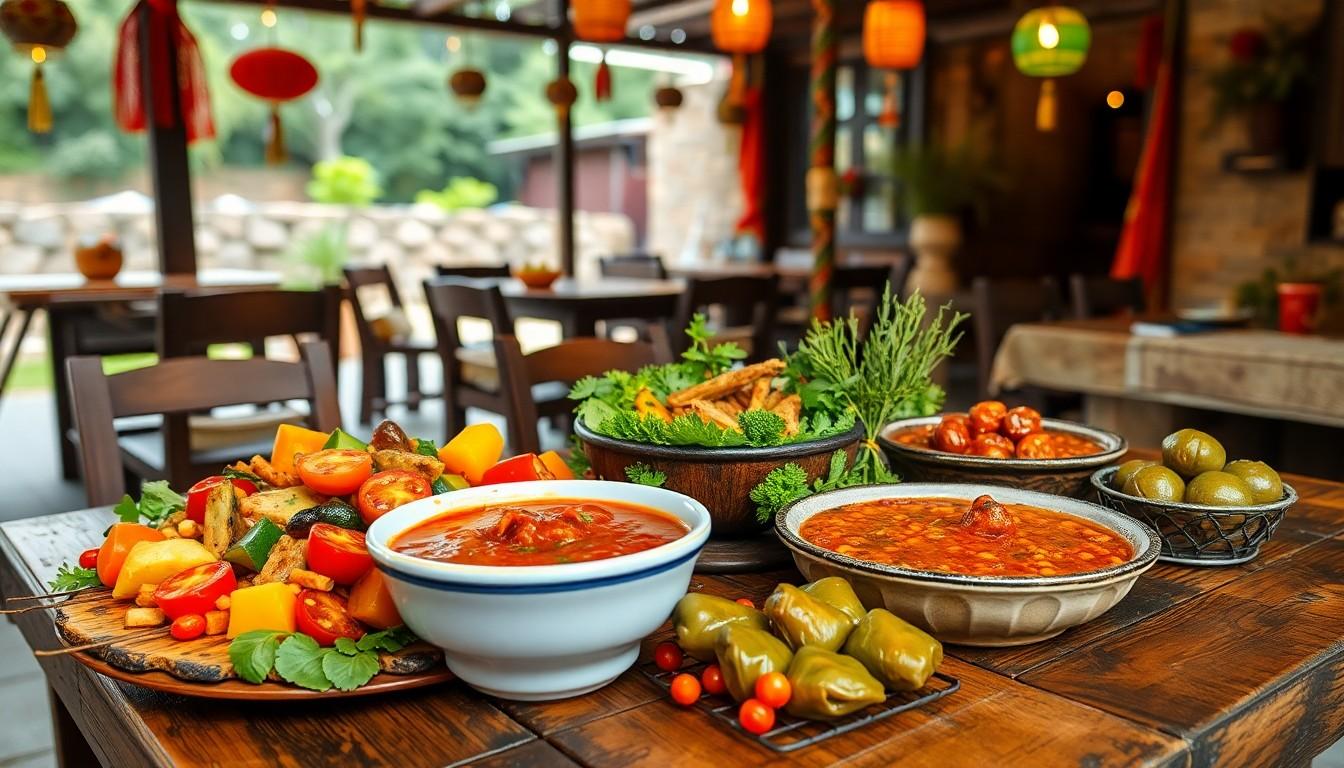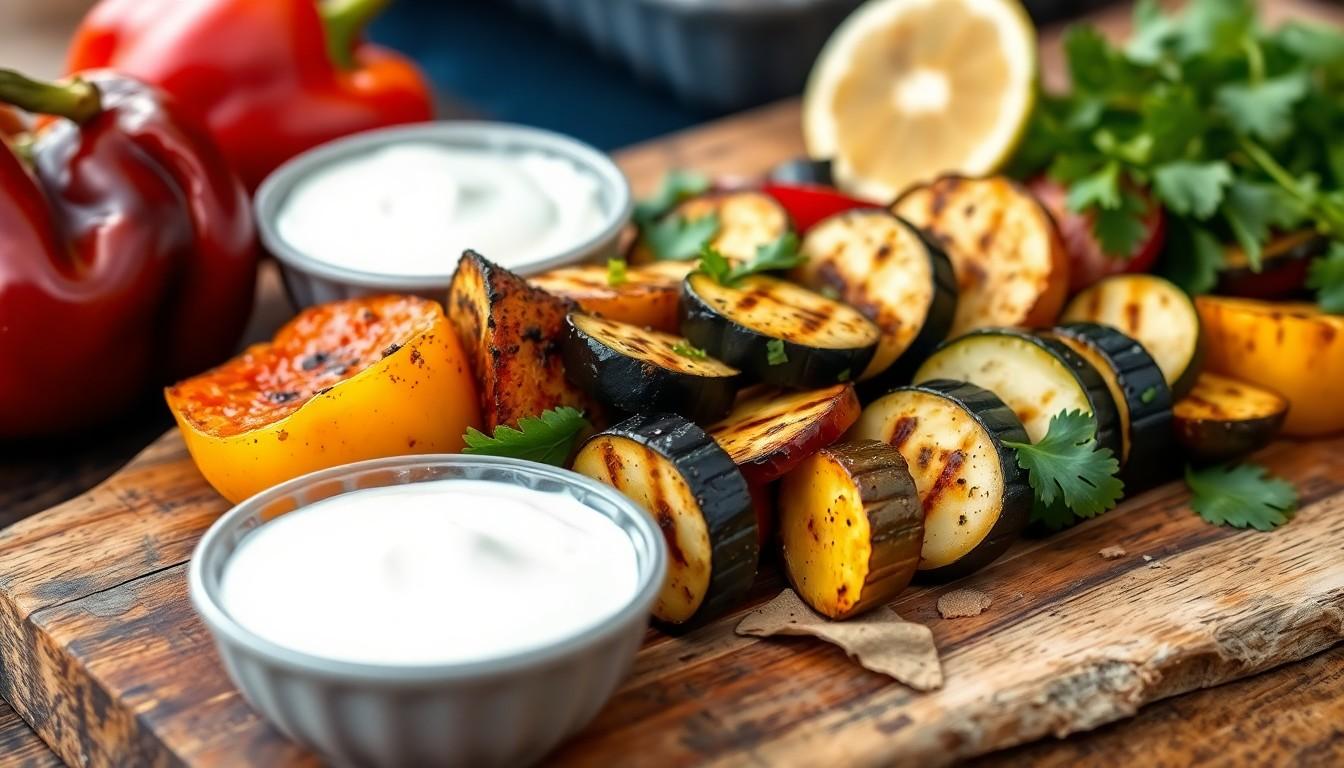Physical Address
304 North Cardinal St.
Dorchester Center, MA 02124
Physical Address
304 North Cardinal St.
Dorchester Center, MA 02124

Jazamui food isn’t just a meal; it’s an experience that dances on your taste buds and throws a party in your stomach. Imagine biting into flavors so vibrant they practically sing! This culinary treasure trove is packed with dishes that’ll make even the pickiest eaters reconsider their life choices.
Jazamui food represents a vibrant culinary culture that excites the senses. This cuisine reflects the area’s heritage and culinary traditions, making it unique and memorable.
Cultural identity plays a crucial role in Jazamui food. The dishes often celebrate festivals and community gatherings. Hearty meals bring families and friends together, fostering social bonds. Traditional cooking methods connect generations, preserving the art of food preparation. Many ingredients used in these dishes symbolize abundance and gratitude. Celebratory occasions frequently feature special recipes handed down through families.
Typical ingredients reflect local agriculture and climate. Fresh vegetables such as spinach, tomatoes, and peppers add layers of flavor. Seasonal fruits like mangoes, guavas, and bananas frequently enhance desserts. Spices such as cumin, coriander, and turmeric impart distinctive tastes. Grains, including rice and millet, serve as staple components. Protein sources like fish and chicken often feature in main courses. Each ingredient contributes to the complexity of Jazamui dishes, highlighting the region’s agricultural richness.

Jazamui food features several signature dishes that showcase its vibrant culinary landscape. Each dish reflects the region’s rich heritage and cultural pride.
Spicy Lentil Stew stands as a staple in Jazamui cuisine. This hearty dish blends lentils, tomatoes, and an array of spices like cumin and coriander. It’s not just flavorful; it’s also packed with nutrients. Family gatherings frequently highlight this stew due to its comforting nature. Many families enjoy it with warm, crusty bread, making it a perfect centerpiece for communal dining.
Grilled Vegetable Platter impresses with its colorful presentation. Seasonal vegetables such as bell peppers, zucchini, and eggplant are marinated in olive oil, garlic, and herbs before grilling. Serve this dish alongside a tangy yogurt dip, enhancing its flavors. This platter often accompanies festive meals, symbolizing abundance and community.
Stuffed Grape Leaves represent both tradition and flavor in Jazamui meals. Chefs prepare the stuffing using rice, minced meat, and various spices, then tightly roll the mixture in tender grape leaves. Cooking them slowly in a pot allows all the flavors to meld beautifully. Popular at celebrations, these stuffed leaves bring people together, showcasing the warmth of Jazamui hospitality.
Jazamui food employs a variety of cooking techniques that enhance its rich flavors and cultural significance.
Traditional methods form the backbone of Jazamui cuisine. Cooking over open flames brings out unique tastes in meats and vegetables. Slow-cooking techniques let spices meld, creating deep flavors in dishes like Spicy Lentil Stew. Steaming preserves nutrients in vegetables, ensuring dishes remain vibrant and healthy. Fermentation, often used in preparing dips and breads, adds tanginess that complements many meals. These methods reflect centuries of culinary heritage, ensuring each dish tells a story.
Modern twists on traditional Jazamui techniques introduce new flavors while respecting cultural roots. Sous-vide cooking enhances precision, allowing for tender and perfectly cooked meats. Marinating vegetables in international sauces expands flavor profiles, creating innovative dishes. Fusion practices blend Jazamui ingredients with influences from other cuisines, inviting experimentation. Chefs often use contemporary plating styles to elevate the dining experience, showcasing the vibrant colors and textures of Jazamui food. Each modern adaptation honors tradition while appealing to diverse tastes.
Local variations of Jazamui food reflect the diverse tastes and traditions of the region. Unique ingredients and culinary techniques set different areas apart, creating a rich tapestry of flavors.
Specific communities boast their own specialties, showcasing local agricultural produce. For instance, coastal regions often incorporate fresh seafood into their dishes. Mountainsides influence the use of hearty grains and root vegetables, leading to robust stews. In urban areas, street food emerges as popular favorites, featuring skewered meats and savory pastries. Each specialty highlights local ingredients, enhancing the Jazamui culinary experience.
Neighboring cuisines have significantly impacted Jazamui food, adding complexity and variety. Proximity to other regions introduces spices and flavors from afar. For example, Mediterranean influences appear in the use of olives and citrus. Central Asian traditions enrich the use of fermented dairy products, making dishes creamier. Blending these elements results in a dynamic culinary scene that evolves continuously, while still honoring Jazamui roots.
Jazamui food stands as a testament to the region’s rich culinary heritage and cultural significance. Its vibrant flavors and traditional cooking methods create an unforgettable dining experience that fosters community and connection. Each dish tells a story of abundance and gratitude, reflecting the area’s agricultural diversity and the creativity of its people.
As modern influences blend with time-honored traditions, Jazamui cuisine continues to evolve, captivating both locals and visitors alike. The unique ingredients and regional variations ensure that every meal is a celebration of the past and a glimpse into the future of this dynamic culinary landscape. Embracing Jazamui food means embracing a culture that values togetherness and flavor in every bite.